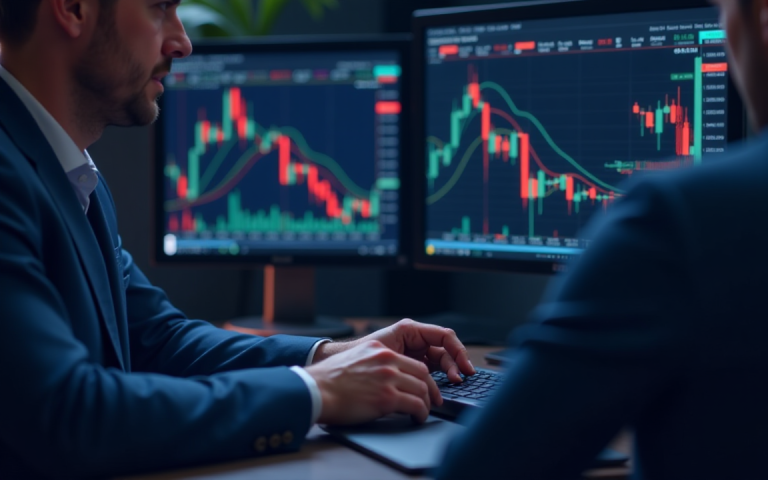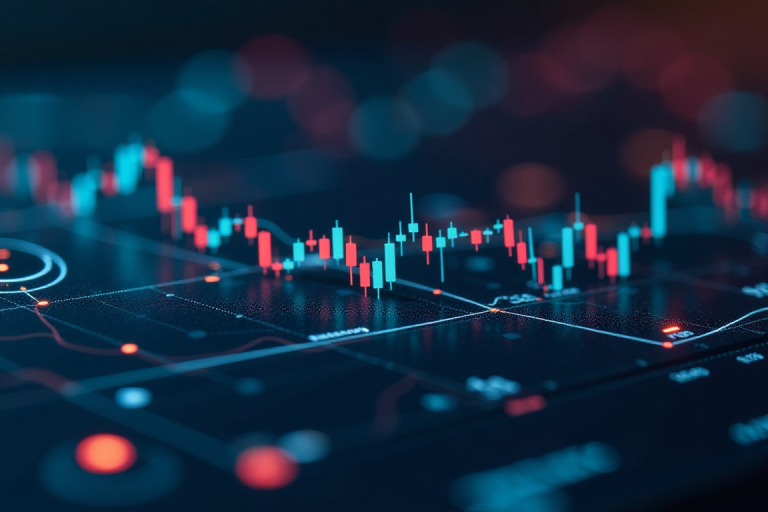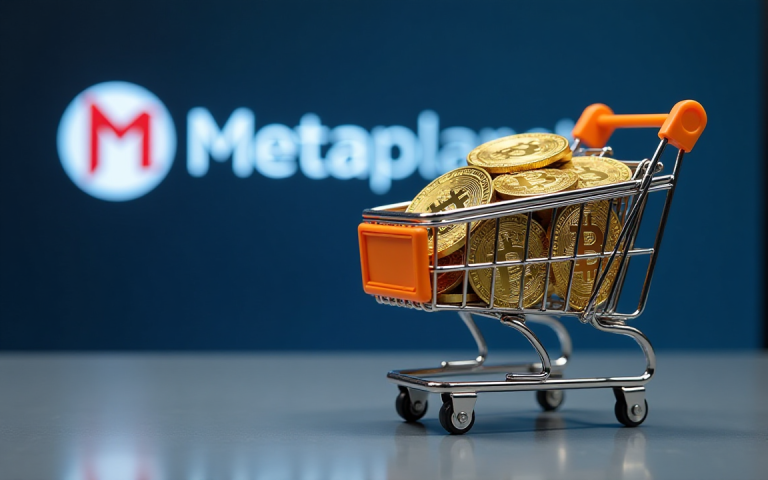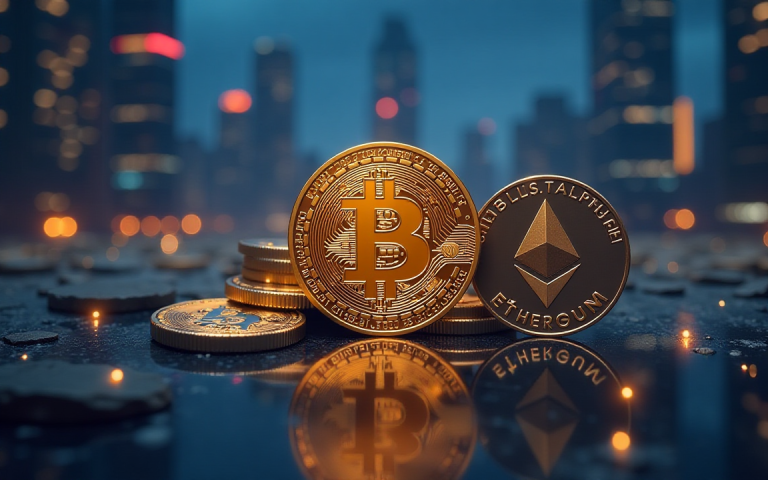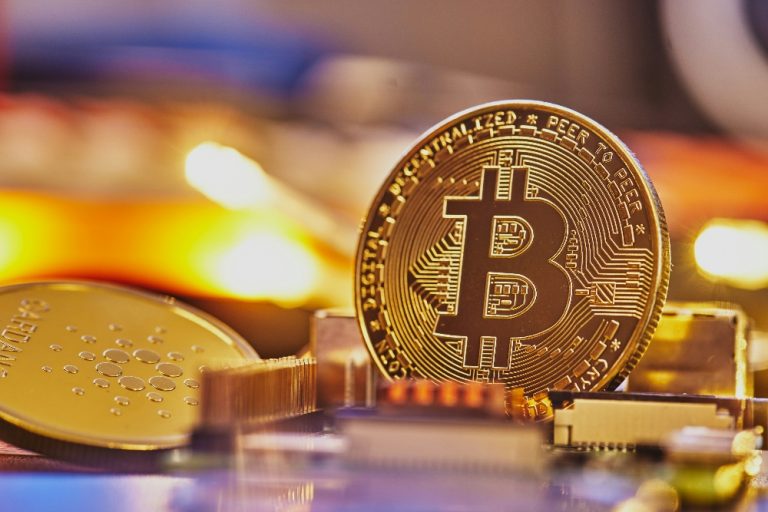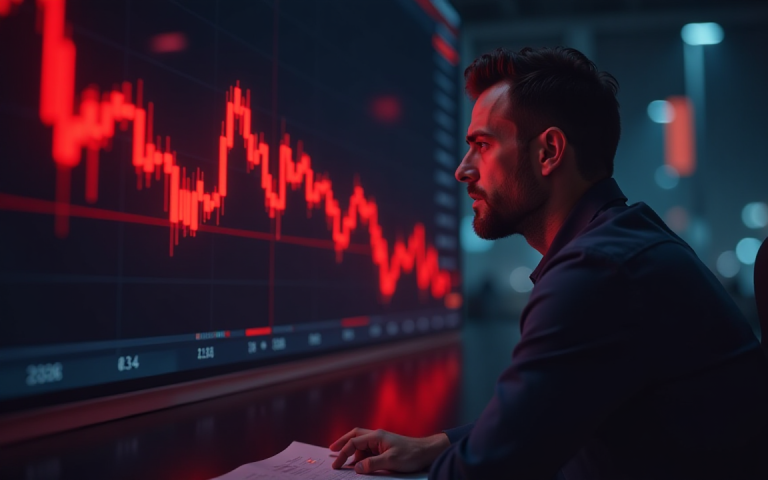Arbitrum price has formed a double-bottom pattern pointing to an eventual rebound in July. The ARB token was trading at $0.3600 on Monday, up from the double-bottom point at $0.2600. This price is approximately 28% below the July high and 70% below its 2024 high of $1.2400.
Arbitrum price technical analysis
The 12-hour chart shows that the ARB token price has crashed in the past few months, moving from a high of $1.2400 in November last year to the current $0.3595. Most recently, the token crashed from last month’s high of $0.5055 as the recovery faded.
On the positive side, Arbitrum price has formed a giant double-bottom pattern at $0.2600 and a neckline point at $0.5055. A double bottom is one of the most bullish reversal patterns in technical analysis.
Arbitrum price has moved slightly above the 50-day and 100-day Exponential Moving Averages (EMA), a sign that bulls are in control. The two lines of the MACD have pointed upwards and are about to cross the zero line.
Therefore, the token will likely continue rising as bulls target the neckline at $0.5054, up by 42% above the current level. This price coincides with the 23.6% Fibonacci Retracement point.
A break above that level will signal more gains, potentially to the 50% retracement level at $0.7438, up by 106% from the current level. A drop below the double-bottom point at $0.2600 will invalidate the bullish view.
Arbitrum network strength and risks remain
Meanwhile, internal data shows that the Arbitrum network is doing relatively well this year.
The number of active addresses has jumped by 11% in the last seven days to over 12.7 million. Similarly, the number of active addresses jumped by 22% to over 1.356 million.
The same happened in the last 30 days when the number of addresses jumped by14% to 51.6 million. Its active addresses jumped to over 3.5 million.
Another data shows that the daily active addresses have jumped by over 311k this month, up by 232k last month.
More data showed that Arbitrum supply jumped by 4.2% in the lst 30 days to over $6.7 billion. This increase happened as the number of stablecoin addresses rose by 3% to 1.4 million.
More data reveals that the adjusted stablecoin volume dropped slightly to $46.7 billion, while the number of transactions fell by 6% to $46.7 billion.
Arbitrum has become a major player in the layer-2 industry, ranking as the second-largest player after Base.
Further data shows that the decentralized exchange (DEX) volume stood at $308 million in the last 24 hours, bringing the 30-day value to over $17.80 billion. The biggest players in the ecosystem are Uniswap, Fluid, PancakeSwap, and Camelot.
A key challenge facing the Arbitrum token is its regular unlocks. Its unlocks over 479,068 tokens worth over $172,000 each day, and over 93.2 million worth $33.6 million each month. Arbitrum has a circulating supply of 4.96 billion and a total supply of 10 billion.
The post Arbitrum price double-bottom signals a rebound in July appeared first on Invezz



